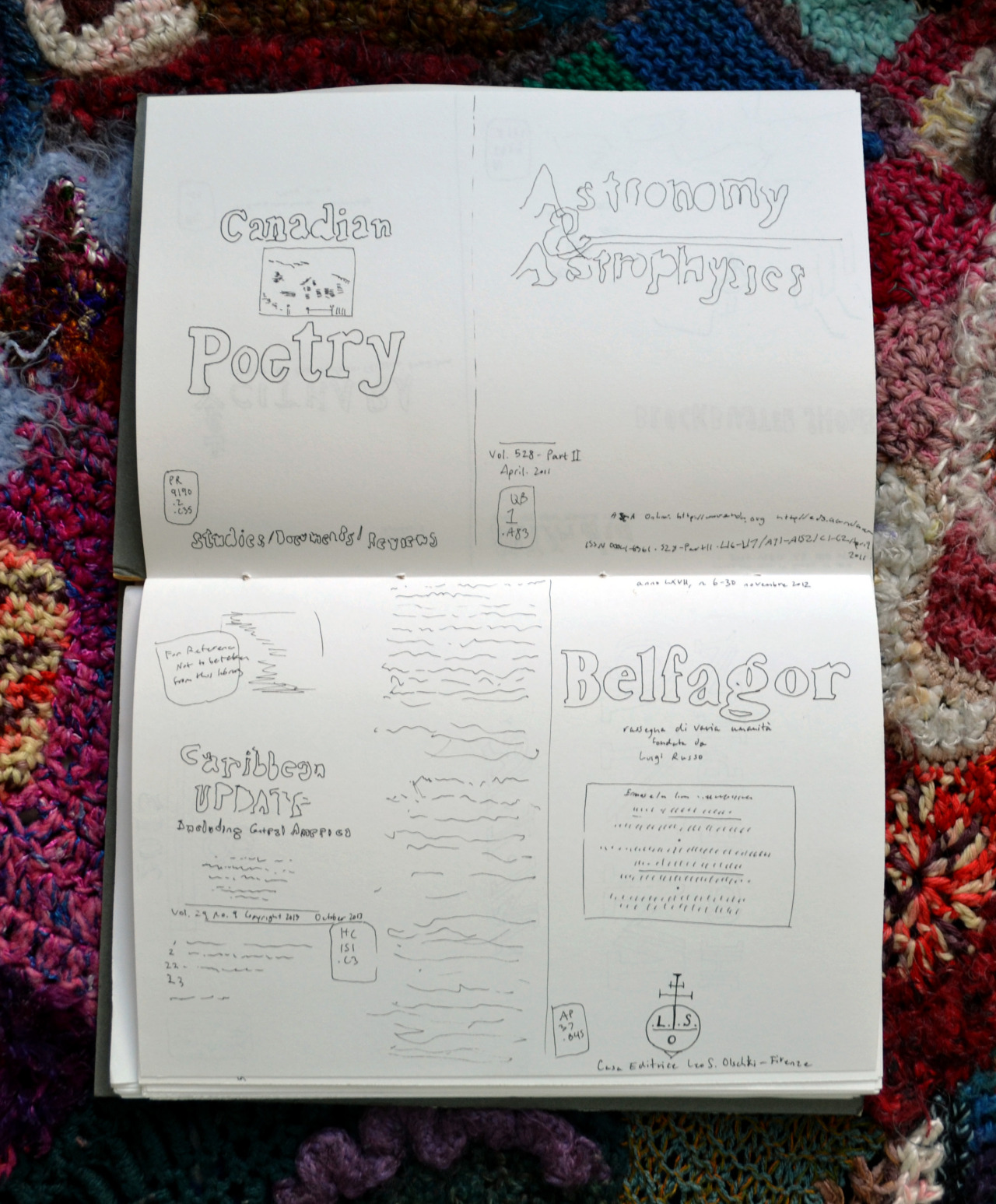I invented this as a way to try to use up the endless zucchini crop in my garden. At the moment it's my favorite zucchini recipe.
Parmesan Baked Zucchini
4 Tbs chopped parsley
1 tsp minced garlic
2 Tbs chopped basil
½ cup shaved parmesan
½ cup Italian Style Panko breadcrumbs
2 medium zuchinni (sliced on middle blade of mandoline)
4 oz shredded mozarella
2 Tbs olive oil
1. Mix parsley, garlic, basil & parmesan in medium bowl.
2. Mix 2 T of garlic with breadcrumbs in a separate bowl.
3. Oil small backing dish or souffle pan.
4. Place layer of zuchinni to cover bottom, overlapping slightly. Top with layer of mozarella, then layer of parsley/garlic/basil/parmesan. Repeat 2 more times.
5. Top with mozarella. Drizzle with olive oil. Bake 15 minutes, until top brown & bubbly.
Servings: 6-8




